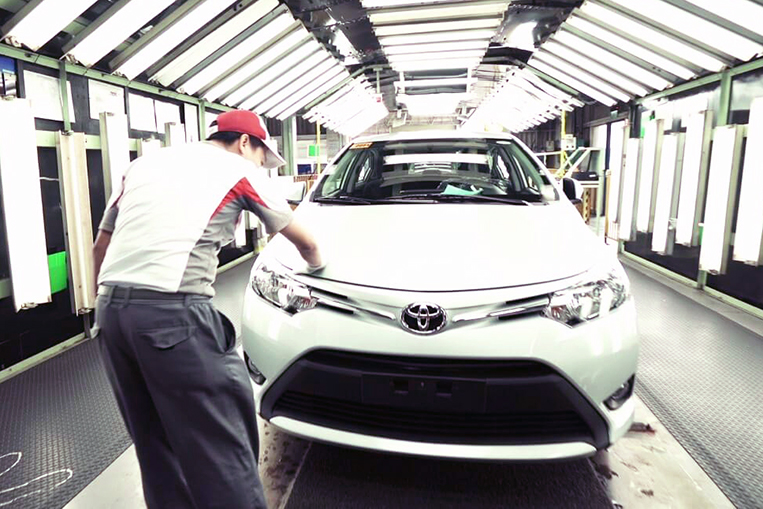
The Philippine automotive market has grown significantly in recent years. It is among the fastest-growing in the region. A loud cheer was heard within industry ranks heralding the onset of motorization, spurred by newfound economic prosperity.
In fact, government itself was so encouraged by the prospects of motorization that it launched the Comprehensive Automotive Resurgence Strategy program. CARS was welcomed heartily, at least by Toyota and Mitsubishi, which are among the most storied and unshakable believers of auto-making in the Philippines. They clearly have a very long-term view of the local car market. Good for them, good for the country.
Truth be told, a long-term view is the only type of view that works for auto manufacturers. The gestation periods for investments—facilities, manpower development, research and development, tooling—are among the longest in the industrial sector. Accordingly, a cautious approach to building cars and a stable public policy environment are essential to nurturing the industry.
I am thankful that the government has made a bet on the Philippine auto industry, albeit a late one. I would contend, though, that given all the other social and economic priorities of the country, the enactment of CARS may have taken place just in time to ride the rise of scale merit that feeds mass production in auto manufacturing. In order to make CARS work, government packaged P9 billion per model for three potential applicants to produce 200,000 cars each over a six-year life cycle. That is a significant bet by any measure. From a comprehensive point of view, however, I am concerned that the way forward that government has set is one-legged and not entirely sustainable.
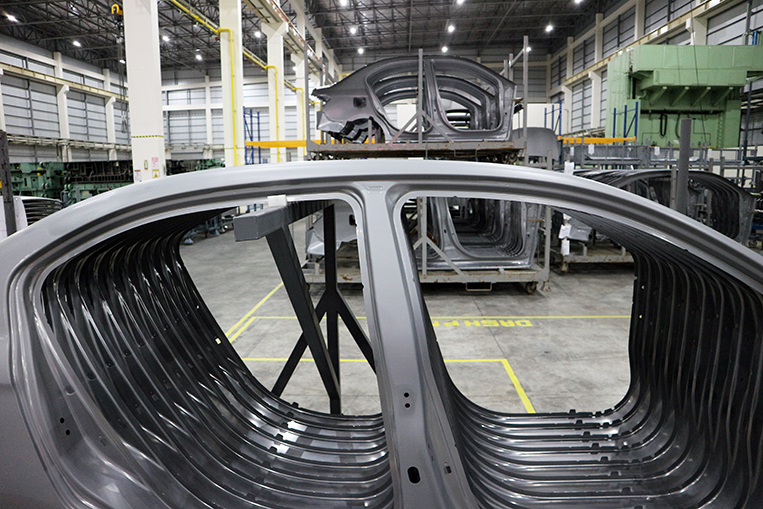
For one thing, what comes after CARS is not clear. Is there a CARS 2? Not if we go by pronouncements from pundits that say CARS is a one-act show. This naturally raises reservations among manufacturers about the extent of their forward planning. Should they recover all investments within the six-year program period? Or leverage them toward expanded local production beyond six years? Is it wise to cut the investments lifeline to automakers and potentially divert production away from the Philippines? Should the country cede its scale merit to other production bases just as the nation hits its motorization stride?
The Philippines is the second-most populous country in ASEAN, after only Indonesia. It is an archipelago, much like Indonesia, too. Therefore, the need for land transport to move people and cargo is undeniably going to continue rising. Thailand’s population of about 70 million supported local auto sales of just under 900,000 units last year. Even Malaysia with 32 million people has a stable market of about 600,000 vehicles annually. And Indonesia, with a population of 270 million, reports annual sales of over one million units.
Meanwhile, the Philippine car market is only now heading toward the half-million mark on the back of a population that is over three times that of Malaysia and about 50% more than that of Thailand. Clearly, there is so much room for further expansion in sales—and, consequently, production—volume.
The dilemma for government is fiscal prudence. Surely, the auto industry paves the way for greater employment opportunities (an expected increase of 60% to 120,000 people, according to the Philippine Parts Maker Association), increased tax revenues and an enhancement of know-how transfer (PPMA has estimated 36 new joint ventures and technical licensing agreements over two years). However, funding the purse for incentives is not a small matter.
This is why I am convinced that there has to be a broader and more comprehensive blueprint for auto industry development. For example, in order to assure the volume targets under CARS and to expand the base for scale merit, government should—as a second leg—be considering how to grow demand for vehicles. The ordinary motorists and traffic enforcers will probably heave a collective groan: Should we produce more cars that are sure to further congest an already critically packed road network?
The honest answer is yes. Mobility and transport are keys to economic development and an expanding labor force. But the focus should not be merely on providing the physical vehicles of growth (planes, trains, ships and automobiles). More important is being able to build the infrastructure to support the fleet of vehicles needed to move the country.
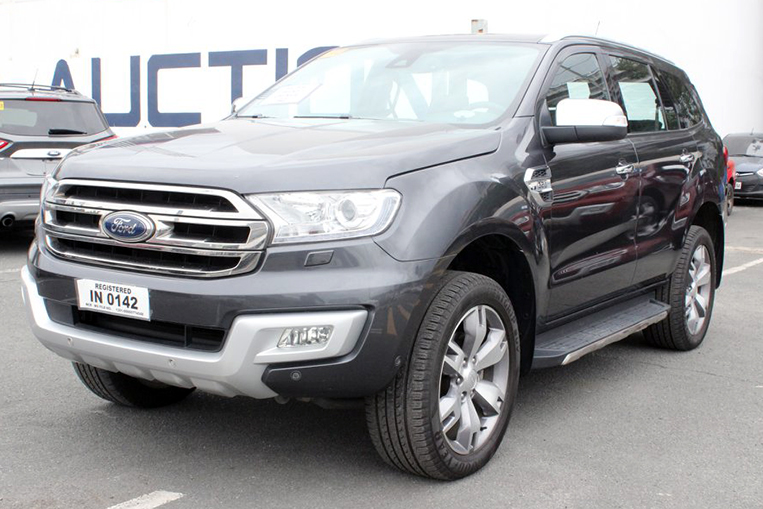
As a third leg, it is necessary that government planners carefully consider how they can generate revenue from other sectors of the auto industry. For example, the highly unregulated and loosely supervised used-car sector. In the United States, used cars outsell new cars by a ratio of 2:1. Last year, 39 million used vehicles were sold in the US compared to 17 million new ones. In China, the ratio is reverse but used-car sales (+19.3%) are now growing faster than the new-car market (+3.2%). It is expected that by 2020, used-car sales in China will hit 20 million (from 12 million at the moment), compared to over 30 million brand-new cars.
In the Philippines, the used-car market is composed primarily of small to midsize brokers and a significant number of “C to C” (customer to customer) trades. Therefore, it is difficult to get any official numbers for used cars. The best way to estimate is to separate new vehicle sales (470,000 units) from total four-wheel vehicle registrations (estimated at 820,000), which is approximately 350,000 units. If the government is able to organize the secondary car market, this enables a more robust trade in vehicles that, in turn, accelerates ownership cycles, thus stimulating overall demand. Equally important, tax revenue from the used-car market can count toward offsetting incentives under CARS. It will certainly not cover the entire bill, but it will surely defray some of it.
It is necessary that government planners carefully consider how they can generate revenue from other sectors of the auto industry
Right now, used-car trades do not contribute as much to government coffers, particularly in terms of value-added tax. Not to mention the undervaluation of so-called “used-car” imports, undermining tariff collections. Indeed, plugging these leaks or drawing more transactions into the mainstream formal economy will contribute to the national pool of much-needed scarce economic resources. As a related outcome, government can also more systematically regulate the state of used cars in order to hasten other social goals like road safety and a sustainable environment.
This three-pronged approach of (1) incentivizing local production, (2) enhancing demand and enabling mobility, and (3) developing new tax revenue streams from such sectors as used cars would be a more stable way forward than simply CARS alone. These three working in tandem will result in added synergies across the economy as well, particularly with the seismic shifts in mobility—sharing, electrification, MaaS (Mobility as a Service)—that are evincing themselves throughout the economy. It will also trigger a more robust business ecosystem that includes consumer financing, insurance and customer service.
There is a way forward. It just needs a truly comprehensive master plan. If we abandon local auto manufacturing at a time when motorization and economic development converge, the strains on our foreign exchange reserves will be enormous. We certainly have to avoid that from happening. Compared to Singapore, which does not have local production, our reserves are not as big.


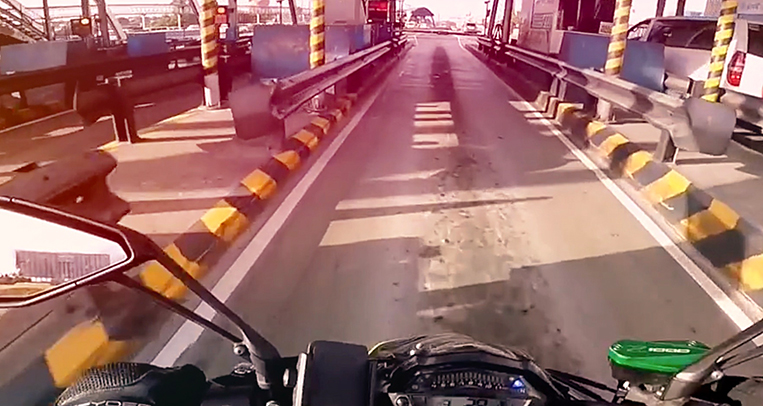
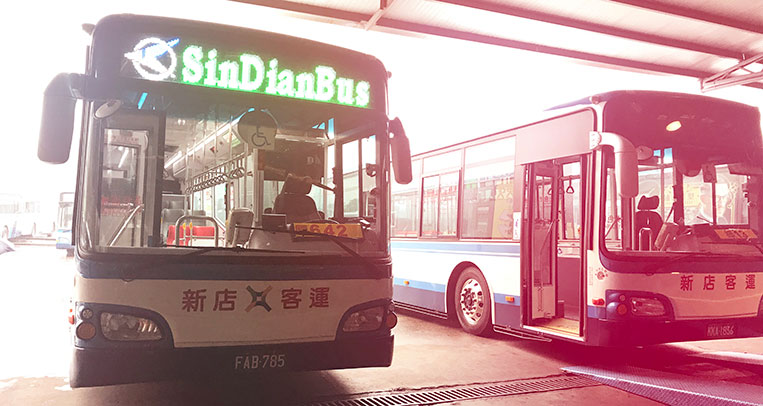
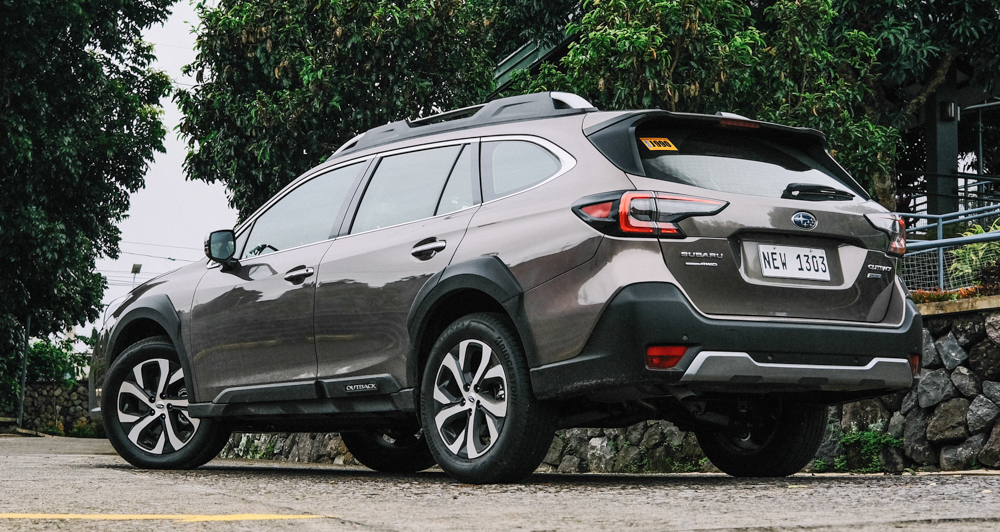
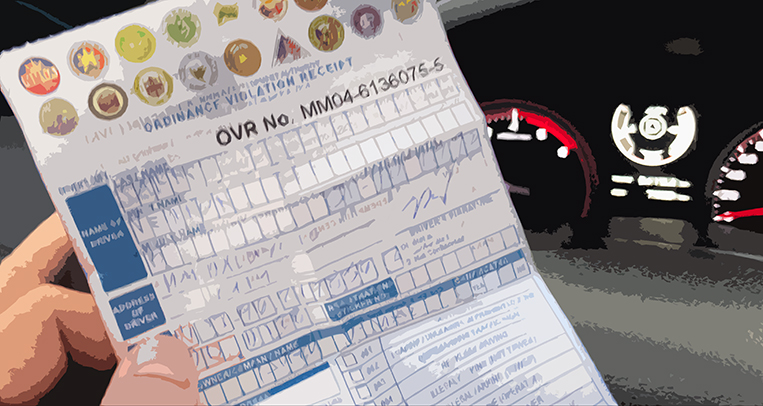





Comments